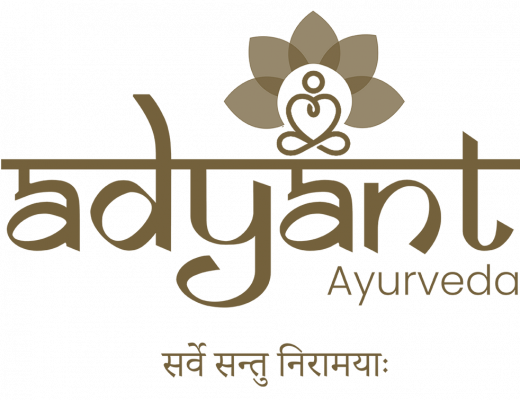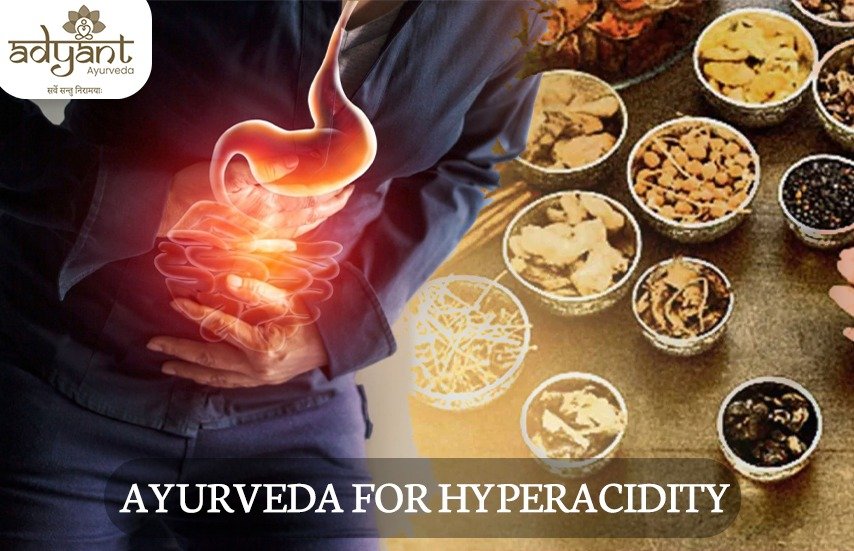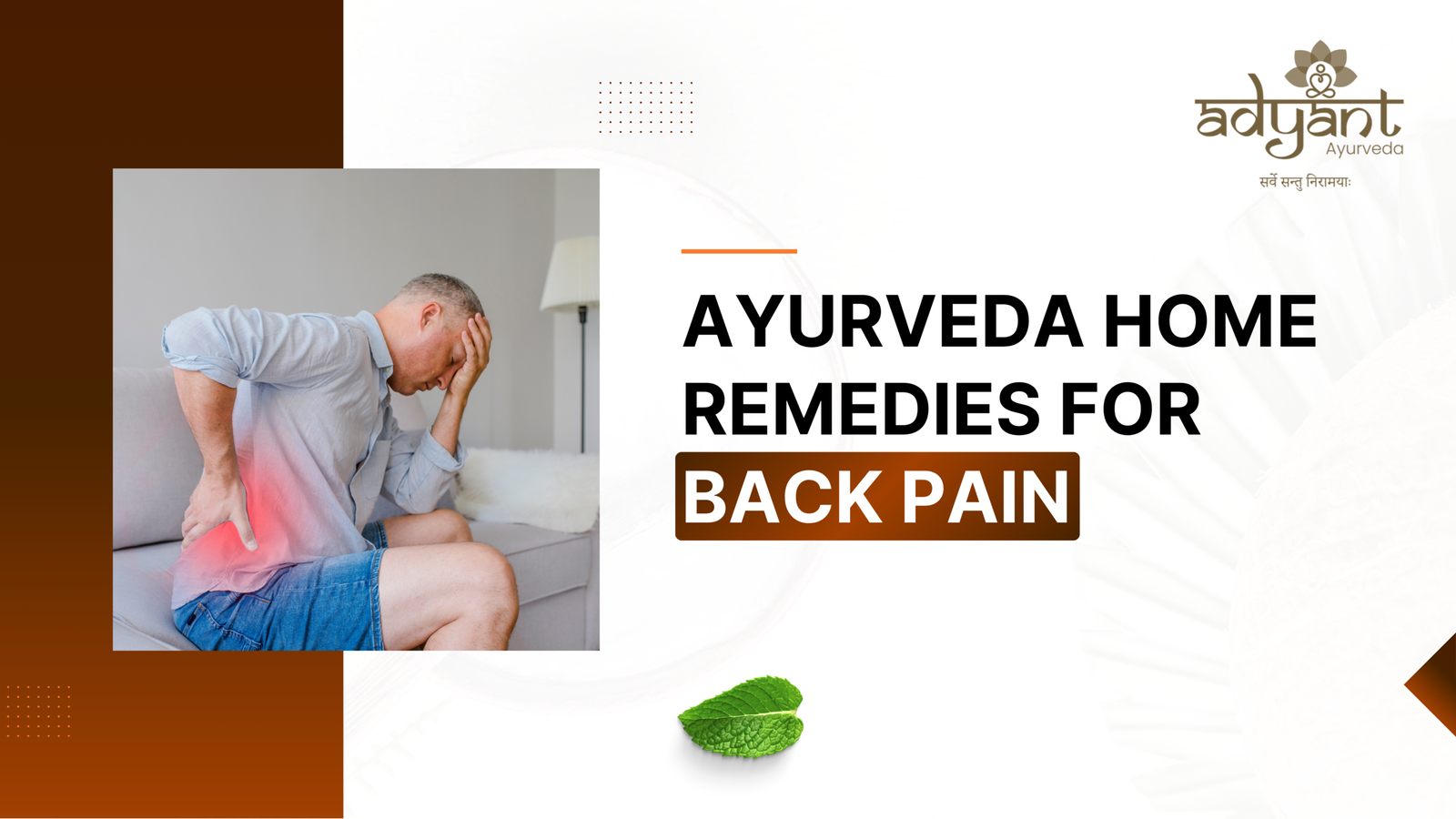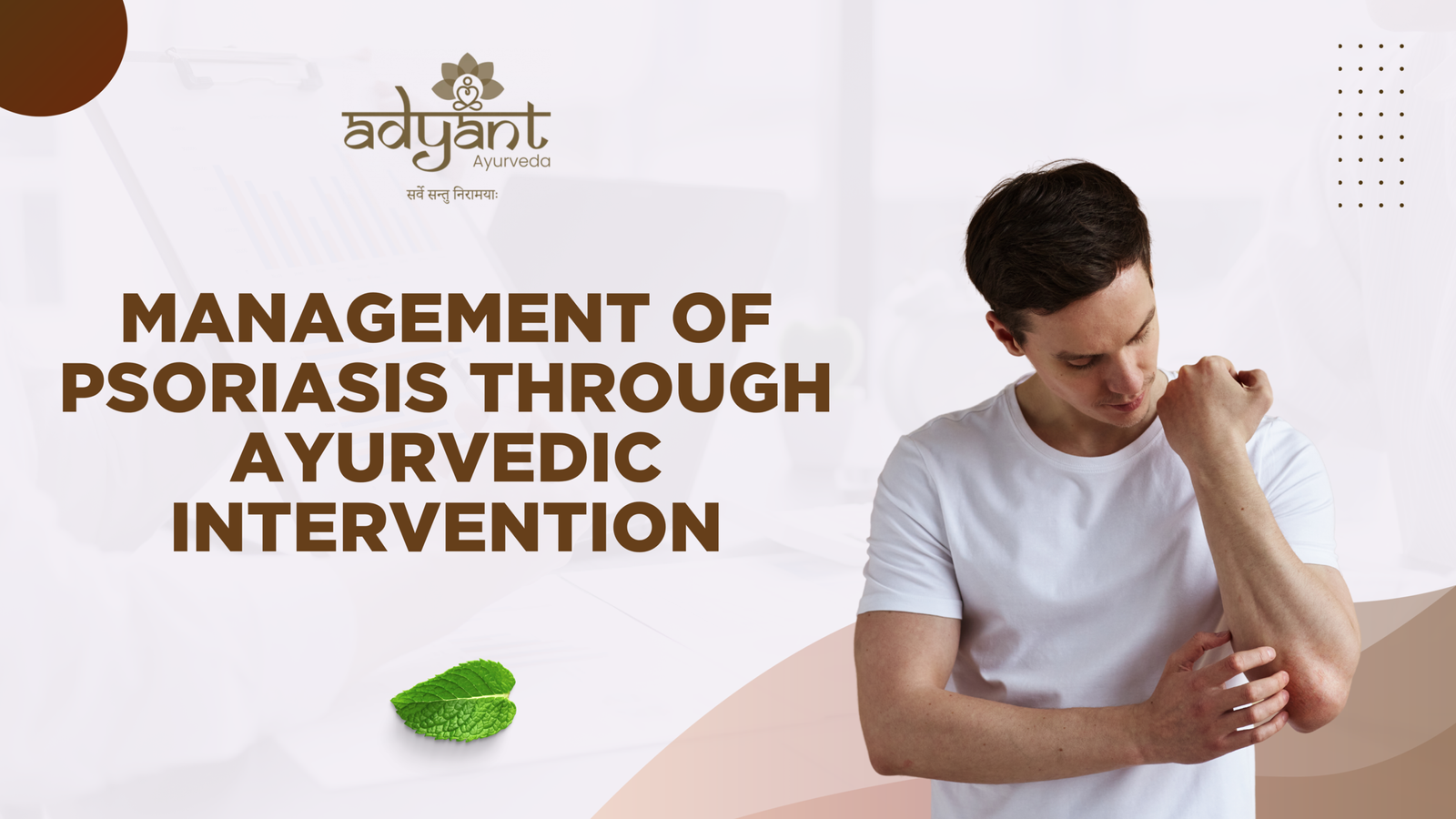Table of Contents
ToggleHyperacidity, also known as acid dyspepsia or acid reflux, refers to excessive acid production in the stomach. This can lead to symptoms such as heartburn, indigestion, and stomach pain. A variety of factors, including diet, lifestyle, and certain medical conditions, can cause hyperacidity. Here, we will discuss in detail the Ayurvedic treatment for hyperacidity and how natural remedies can help in managing this condition effectively.
For a free consultation with top ayurvedic doctors for Ayurvedic treatment for hyperacidity, download our app from the Play Store, “AyurCare“
Classical References and Literary Mentions
- Charaka Samhita: Describes Amlapitta symptoms under Grahani
- Kashyapa Samhita: First to recognize Amlapitta as a distinct disease
- Madhava Nidana: Lists causative dietary and behavioral factors
- Acharya Vagbhatta: Emphasized Mandagni as the root of all diseases
Ayurvedic Classification of Amlapitta (Hyperacidity)
In Ayurveda, hyperacidity is broadly classified as Amlapitta, which manifests due to the vitiation of the Pitta dosha and an associated imbalance in the digestive fire (Agni). Based on the direction of vitiated dosha movement, Amlapitta is categorized into:
- Urdhwaga Amlapitta: Upward movement of vitiated Pitta leading to symptoms like sour/bitter belching, nausea, heartburn, etc.
- Adhoga Amlapitta: Downward flow causing symptoms like loose stools, diarrhea, and burning in the intestines.
Based on doshic dominance, Amlapitta can be further classified as:
- Vatanubandhi Amlapitta: Bloating, gas, shifting pain
- Kaphanubandhi Amlapitta: Nausea, heaviness, white coating on tongue
- Vatakaphanubandhi Amlapitta: Combined symptoms of gas, nausea, heaviness
You May Also Like: Ayurveda Treatment For Acidity
Understanding Ayurvedic Treatment for Hyperacidity
In Ayurveda, hyperacidity is referred to as Amla Pitta, which is caused by an imbalance in the Pitta dosha. Ayurveda focuses on maintaining balance in the body’s Agni (digestive fire) to prevent excessive acid production and improve digestion. The treatment primarily involves Panchakarma therapies, herbal remedies, dietary changes, and lifestyle modifications to restore harmony.
Trividha Roga Marga (Three Disease Pathways)
In Ayurveda, diseases are classified according to the three paths or Margas through which Doshas exert their pathological effect:
- Bahya Marga – External channels (e.g., skin, joints)
- Abhyantara Marga – Internal organs (e.g., GI tract, respiratory system)
- Madhyama Marga – Deep tissue and vital organs (e.g., nerves, heart)
? Amlapitta typically follows the Abhyantara Marga, affecting the Annavaha and Rasavaha Srotas (digestive and nutrient-carrying channels). Recognizing the Marga helps in planning the treatment, whether local, systemic, or tissue-level intervention is needed.
Causes of Hyperacidity
- Gastroesophageal reflux disease (GERD)
- Peptic ulcers
- Hiatal hernia
- Helicobacter pylori (H. pylori) infection
- Certain medications (NSAIDs, aspirin, etc.)
- Alcohol and tobacco use
- Stress
- Acidic diet
- Irregular eating habits
Ayurvedic Etiological Factors (Nidana)
- Adhyashana: Eating before previous food is digested
- Vishamashana: Irregular eating patterns
- Ati Amla, Katu, Lavana Aahara: Excessively sour, spicy, and salty food
- Viruddhahara: Incompatible food combinations
- Divaswapa: Daytime sleeping
- Ratri Jagaran: Late nights
- Vegadharana: Suppression of natural urges
- Manasika Nidana: Mental stress factors
Ayurvedic Pathogenesis (Samprapti Ghataka)
Hyperacidity develops through:
- Hetu Sevan (Intake of causative factors)
- Agni Mandya (Weak digestion)
- Anna Vidagdha (Undigested food)
- Shukta Formation (Acidification)
- Vitiation of Pitta and Kapha
- Formation of Amlapitta
Samprapti Ghataka:
- Dosha: Pitta predominant, Kapha, and Vata associated
- Dushya: Rasa and Rakta Dhatu
- Srotas: Annavaha, Rasavaha, Purishavaha
- Vyadhi Marga: Abhyantara (internal path)
- Avastha: Sama Avastha (presence of Ama)
Agni Role:
- Mandagni is often the initiating factor.
- Tikshnagni and Vishamagni may also lead to complications.
Srotas and Dhatu Involvement:
- Annavaha Srotas blockage causes indigestion, reflux.
- Rasa Dhatu is affected first due to poor digestion.
Diagnostic Framework (Ashtavidha Pareeksha)
- Nadi (Pulse)
- Mala (Stool)
- Mutra (Urine)
- Jivha (Tongue)
- Shabda (Voice)
- Sparsha (Skin)
- Drik (Eyes)
- Akruti (Body build/posture)
Symptoms of Hyperacidity
- Heartburn
- Sour or bitter regurgitation
- Loss of appetite or thirst
- Nausea or vomiting
- Bloating or flatulence
- Bad breath or sour taste
Ayurvedic Treatment for Hyperacidity
Ayurveda emphasizes treating hyperacidity by balancing the Pitta dosha.
Ayurvedic Panchakarma Therapies:
- Langhana (Fasting): Especially useful in mild Amlapitta
- Deepana & Pachana: To kindle Agni and reduce Ama. Ama Pachana should be done even before Shodhana in chronic cases.
- Virechana: Best for Pitta disorders
- Vamana: For Kapha-Pitta involvement
- Shirodhara: For stress reduction
- Abhyanga: For dosha balancing
- Shamana therapy: Herbal remedies for mild symptoms
Case Study Example: A 42-year-old female with chronic Amlapitta showed 80% relief in 14 days using Laghu Sutshekhar Rasa, Avipattikar Churna, and Praval Panchamrut with dietary regulation.
Contraindications: Avoid Panchakarma in the elderly, pregnant women, or weak patients without proper medical advice.
Read Also: What is Panchakarma Treatment?
Lifestyle Changes
- Eat smaller, frequent meals
- Avoid trigger foods
- Maintain a healthy weight
- Wait 2–3 hours before lying down after meals
- Quit smoking and limit alcohol
- Practice yoga and meditation
- Stay hydrated
Dietary Guidelines
Include:
- Bananas, melons, pomegranates
- Cucumber, zucchini, leafy greens
- Cold milk, buttermilk
- Herbal teas with coriander, fennel, and mint
Avoid:
- Spicy, fried, and acidic foods
- Processed foods, caffeine, and alcohol
Incompatible Food Combinations (Ahara Vidhi Viruddha):
- Milk + Sour fruits (e.g., banana milkshake)
- Milk + Fish
- Curd at night
- Honey + Ghee in equal quantity
- Reheated oils
Ayurvedic Herbs for Hyperacidity
- Amla
- Yashtimadhu (Licorice Root)
- Triphala
- Shatavari
- Coriander (Dhania)
- Fennel (Saunf)
Mode of Action of Key Ayurvedic Medicines
- Sutshekhar Rasa: Balances Agni, relieves heartburn
- Shankha Bhasma: Antacid effect
- Avipattikar Churna: Balances Pitta
- Guduchi: Rasayana reduces inflammation
- Kushmandavleha: Cooling, nourishing
- Raktapachaka Churna: Detoxifies blood
- Kamdudha Ras (with Mukta): Soothes burning, balances Pitta
- Praval Pishti: Neutralizes acidity and relieves gastric irritation
- Mukta Shukti Bhasma: Effective in chronic cases and acid reflux
Rasayana and Satvavajaya Chikitsa
Rasayana: Amalaki Rasayana, Drakshadi Ghrita
Satvavajaya Chikitsa Tools:
- Meditation and Pranayama
- Yogic counseling
- Cognitive Behavioral Therapy
- Mantra chanting and spiritual support
Supportive Therapies for Chronic Hyperacidity:
- Takradhara: Cools the mind and balances Pitta
- Mahatiktaka Ghrita: Heals mucosal tissues and balances Rakta-Pitta
Recommended Yogasanas and Pranayama
Asanas:
- Vajrasana
- Pawanmuktasana
- Bhujangasana
- Matsyasana
- Supta Baddha Konasana
Pranayama:
- Anulom-Vilom
- Sheetali
- Bhramari
Hyperacidity Ayurvedic Treatment: Home Remedies
- Cold Milk
- Aloe Vera Juice
- Cumin Water
- Basil Leaves
- Buttermilk with Rock Salt
Best Ayurvedic Medicines for Hyperacidity
- Triphala Churna
- Guggulu
- Shankh Bhasma
- Amritarishta
- Avipattikar Churna
- Drakshasava
- Guduchi Churna
Preventive Measures
- Avoid spicy, sour, and hot foods
- Manage stress
- Don’t suppress natural urges
- Eat at regular intervals
- Avoid lying down immediately after meals
Conclusion
Hyperacidity can significantly impact daily life, but with the holistic approach of Ayurveda, it can be effectively managed and even cured. By balancing the Pitta dosha, adopting mindful dietary habits, and incorporating Ayurvedic herbs and therapies like Virechana and Basti, one can achieve long-term relief.
At Adyant Ayurveda, our expert Ayurvedic doctors provide personalized treatment plans tailored to your unique health needs. With authentic Panchakarma therapies and time-tested herbal remedies, we help you achieve lasting digestive health.
Book your consultation today and take the first step towards holistic wellness.
Referance
-
-
Effectiveness of Ayurveda Treatment in Urdhwaga Amlapitta
https://www.ncbi.nlm.nih.gov/pmc/articles/PMC8039346/ -
Therapeutic Uses of Triphala in Ayurvedic Medicine
https://www.ncbi.nlm.nih.gov/pmc/articles/PMC5567597/ -
Technical Dossier on Guduchi (Tinospora cordifolia)
https://ayush.gov.in/docs/guduchi_Book-Dossier.pdf
-
FAQs on Ayurvedic Treatment for Hyperacidity
- What is Amlapitta in Ayurveda? Amlapitta refers to hyperacidity caused by an imbalance of the Pitta dosha.
- What causes Amlapitta according to Ayurveda? Improper diet, mental stress, sleep patterns, and lifestyle contribute.
- Can Ayurveda cure hyperacidity permanently? Yes, by treating the root cause through Panchakarma and herbs.
- What are the best Ayurvedic medicines for hyperacidity? Sutshekhar Rasa, Shankha Bhasma, Avipattikar Churna, Guduchi, Kushmandavleha.
- How is Panchakarma used to treat hyperacidity? Through therapies like Vamana and Virechana to eliminate doshas.
- Is stress management important in treating Amlapitta? Yes, techniques like Satvavajaya Chikitsa are crucial.
- Can I practice yoga for relief from acid reflux? Yes, poses like Vajrasana and pranayama techniques help.
- What foods should be avoided during hyperacidity? Avoid spicy, sour, oily, and fermented foods.
- How does Ayurveda diagnose hyperacidity? Through Ashtavidha Pareeksha and Prakruti analysis.
- Is there any Ayurvedic remedy for heartburn at home? Yes, cold milk, cumin water, and fennel seeds provide relief.








